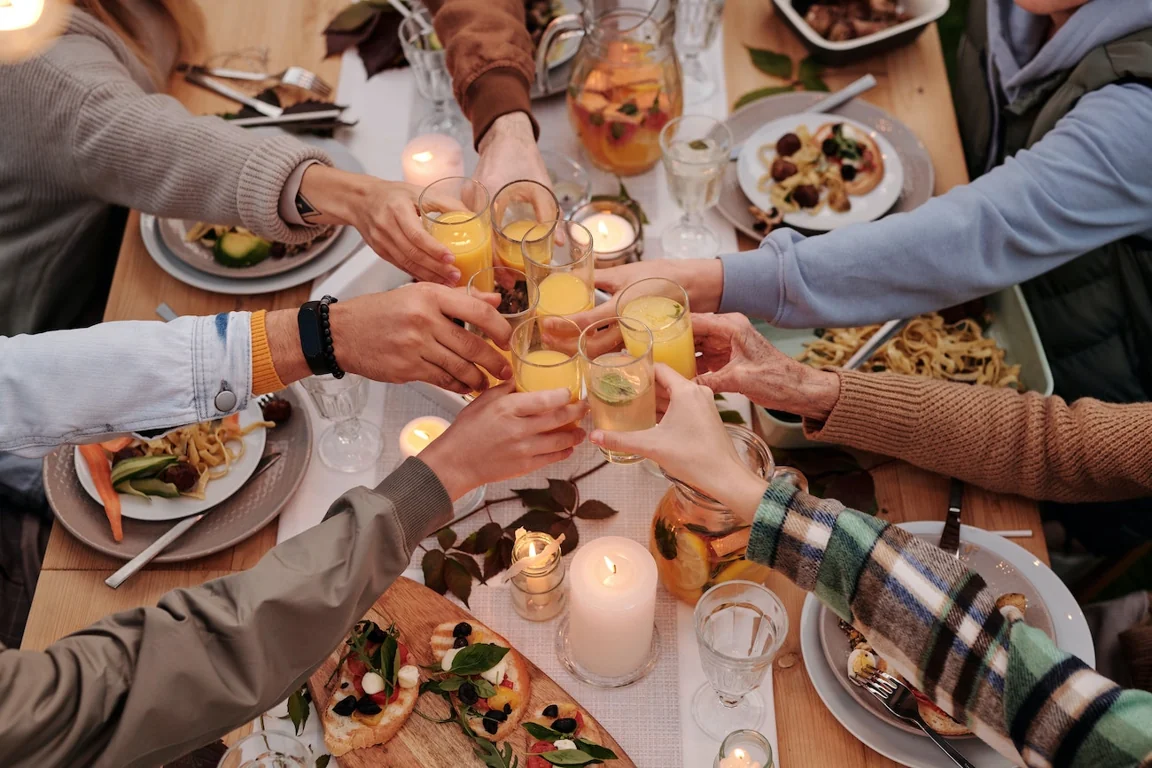Uncategorised
14 foods that look really similar but are actually totally different
13 Aug 2018
3m
Grocery shopping is already tricky enough. Navigating toddler tantrums, aisle spillages and grumpy queuers is all just part and parcel of the experience – it’s far from ideal, but something we have all learned to live with. However, what seems like an added and unfair level of difficulty is when food starts to pretend to be something that it is not. For many of us, this is the final straw for shopping in person.
Around the world, foodie mimics are actually way more common than you might expect. Like so many weird wolves in sheep’s clothing, these ingredient seem to have been deliberately designed to cheat innocent shoppers after a tasty meal. To help you get to grips with what to look out for, here are X foods that look really similar but are totally different.
1. Sweet Potatoes and Yams
As if yams and sweet potatoes didn’t already look nigh on identical, it turns out that the confusion has been deepened for decades thanks to the US government, who have been intermittently using the two terms incorrectly since the 80s. Sweet potatoes are actually smaller than their African and Asian counterpart, whereas yams tend to be much starchier and tend to be more elongated.
2. Persimmons and Tomatoes
Looking simultaneously like something both citrusy and grown in a greenhouse, persimmons have been playing havoc with shoppers everywhere. Looking startlingly like a ripe yellow tomato who’s green stem has since dried up, persimmons are famed for their astringent taste – not what you want from a juicy tomato.
3. Artichokes and Cardoons
One of these ingredients will make a perfect addition to a plate of Italian antipasti. The other would be more suited as an overly decorative toilet brush. Confuse them at your peril. Though both artichokes and cardoons can be eaten, each plant needs to be prepared in a completely different way, so any confusion can have disastrous consequences.
4. Courgette and Cucumber
The classic candidates for vegetable confusion – despite both technically being fruits. Though we might be used to seeing cucumber slices poking out of a crustless sandwich, the uncut green gourd is uncannily similar to it’s hardier cousin. Both identically coloured with an equally suggestive shape, the only thing that gives the game away are the bumps that usually appear on the outside of a cucumber.
5. Plantains and Bananas
Despite both looking like they wouldn’t be out of place in a bowl of yoghurt or blitzed in a smooth, bananas and plantains are two totally different beasts. Plantains are both larger and significantly less sweet than their relatives, and are nearly indigestible when eaten raw. Popular in African and Caribbean cooking, plantains serve a similar purpose as potatoes in other cuisines.
6. Soybeans and Chickpeas
Getting annoyed about mixing up your soybeans and your chickpeas might be one of the most middle class woes of all time. That being said, it is still an issue that affects confused vegans every day. Soybeans are native to East Asia, and can be used to make everything from animal feed to tofu, whilst chickpeas form the backbone of veggie burgers and hummus.
7. Chocolate chip and sultana cookies
If there’s one case of foodie mistaken identity we can all get behind, it’s this one. There is surely nothing worse than reaching into the biscuit tin for that chocolate chip cookie you’ve been saving for a special occasion, only to discover that it’s been ruined with fruit. Whoever made the sultana look so delicious has a lot to answer for.
Any shopping trip is potentially baffling, but when you’ve got these on your list, the steaks are even higher. At least now you’ve read this list you can check everything twice before you get to the till.



